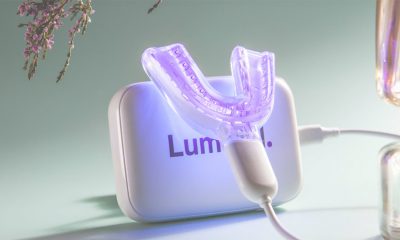Root Canal Treatment
Root canal treatment aims to save teeth that might otherwise have to be removed
Root canal therapy, or endodontics, is a treatment to remove infection and often the damaged nerve, from inside the root of a tooth. At Wayside we have the skill and technology to solve almost all, apart from the most complex cases, in Harpenden, St Albans, Hertfordshire and beyond.
The root canal is a tube inside each tooth that runs from the end of the root to a chamber inside the crown. Inside the canal is the tooth’s blood and nerve supply, known as the ‘pulp’.
The incisor and canine teeth normally have one root and one root canal. Premolar teeth can have one or two roots, and molars two or three, with up to five or more separate root canals.

Why Choose Wayside for root canal treatment?
Root canal treatment is a highly skilled procedure
- Wayside Dental Practice has offered root canal treatment for as long as we have been here.
- We’re one of only a few UK-wide dental practices to use laser dentistry and this is particularly useful in endodontics (root fillings) as lasers are powerful at cleaning and sterilising down the canal (middle of your root).
- Dr Amit Maisuria has a special interest in endodontics and has almost completed a post-graduate diploma in root canal treatments. He accepts referrals for our more complex cases.

Why would I need root canal treatment?
If you experience any of the following symptoms, come in for a check-up:
- Common signs include severe toothache, sensitivity to hot and cold, swelling of the gums or face, and a pimple-like bump on the gum.
- Bacteria can get into the chamber either from dental decay or directly from the mouth if a filling is lost or a tooth is broken. Once bacteria are established, blood supply to the nerve diminishes and the tooth begins to die.
- When this happens the only way to save the tooth and prevent it from having to be extracted, is to remove the infection and dying nerve – a procedure called root canal therapy.
- Antibiotics alone can’t kill the bacteria and the only option, other than root canal therapy, is to have the tooth extracted.

Dental Lasers in root canal treatment
Lasers have revolutionised the way we approach root canal treatment.
Traditional root canal treatments involve using a small file to clean out decayed and infected material, but because root canals are irregular in shape, it’s almost impossible to remove all the infected material.
Dental lasers, however, can do this and a special tip has been invented to make this even more thorough. This tip fires laser light in a circle as it moves down through the canal.
The light from the dental laser supercharges water molecules causing them to burst and create steam which removes infected material and debris while at the same time sterilising the area.
Frequently Asked questions on Root Canal Treatment
A root canal treatment is a dental procedure performed to remove infected or damaged pulp (the innermost part) from a tooth canal. The canals are then thoroughly cleaned and disinfected (also using a dental laser), then filled and hermetically sealed. Your Wayside dentist will in most cases recommend a crown is placed on the tooth that has been root filled to give it optimum strength.
During the procedure, local anaesthesia is used (with the Wand) to ensure you don’t feel pain. After the procedure, there may be some discomfort, but it can usually be managed with over-the-counter pain relievers.
The duration of a root canal procedure varies depending on the tooth’s location and complexity. On average, it takes about 1-2 hours.
Common signs include severe toothache, sensitivity to hot and cold, swelling of the gums or face, and a pimple-like bump on the gum.
It’s possible to experience some discomfort after a root canal treatment, but the severe pain should be gone and it should soon settle down. Once a tooth has been root treated it no longer has any nerve of its own. So, it cannot hurt on hot/cold or sweet stimuli, but it can hurt on pressure or if the tooth splits. This sensation comes from the tissues around the outside of the root. If you have pain from a previously root filled tooth, contact us.
The cost of a root canal can vary based on factors such as the tooth’s location and the extent of damage. For a guide price visit our Root Canal fees page.
The main alternative is tooth extraction, but it’s generally better to save a natural tooth whenever possible. We’ll discuss options based on your specific situation.
With proper care, a tooth that has had a root canal can last a lifetime, if it is protected with a crown. Regular dental check-ups and good oral hygiene are essential for its longevity.
You should avoid eating until the numbness from the local anaesthesia wears off to prevent accidentally biting your tongue or cheek. After that, you can eat soft foods and gradually return to your regular diet.
Most people can resume their normal activities the day after a root canal. However, it’s important to follow your dentist’s post-treatment instructions for a full and speedy recovery.



